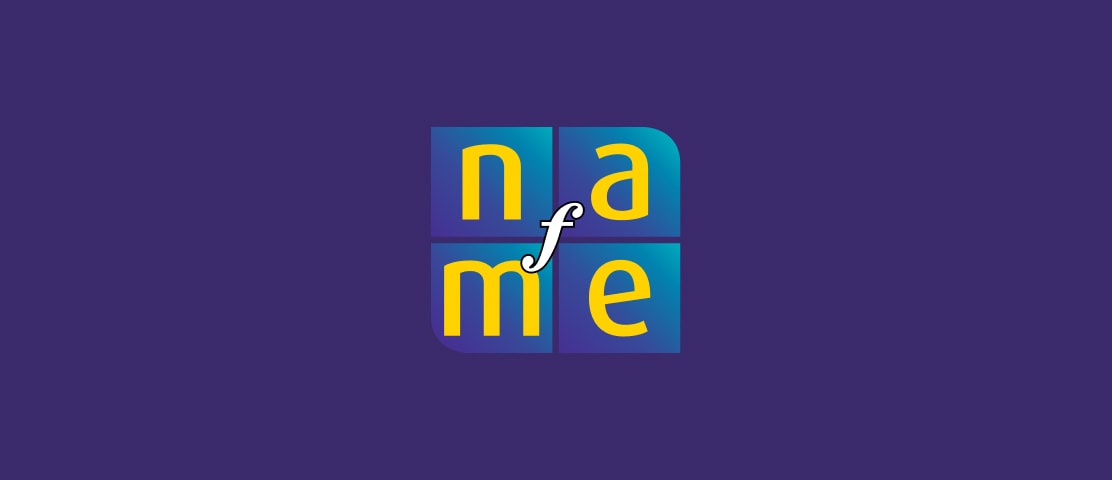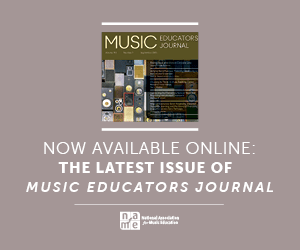/ Publications & Resources / Resource Library / Chorus Responding Unit—Proficient Level
NAfME Teaching with Primary Sources Curriculum Units for the 2014 Music Standards
In this unit, students will explore recordings and notation records of some primary source documents held by the Library of Congress, as well as texts related to those early recordings.
The teacher will guide the students using several Inquiry methods, such as the LOC Observe, Reflect, Question model, the Stripling Model—Wonder, Investigate, Construct, Express, Reflect, and Connect—and the SOAPSTtone model to explore and investigate questions that their students have about these recordings—their purpose, how they are constructed, the composer’s intent, and the recordings’ historical and cultural significance. The teacher will then evaluate performances based on students’ explorations and investigations. Finally, the students will be able to use their new understandings and connect these back into their ensemble’s performance of a spiritual, creating a rehearsal plan to develop strategies to address musical and interpretative problems they have identified because of their new understandings.
Category
- Ensembles
- Standards
Resource Type
- Classroom Resource
- Curriculum
- Publication
- Teaching Guide
- Teaching Tip / Idea
Specialties
- Choral
- Vocal
Year Added
2017




